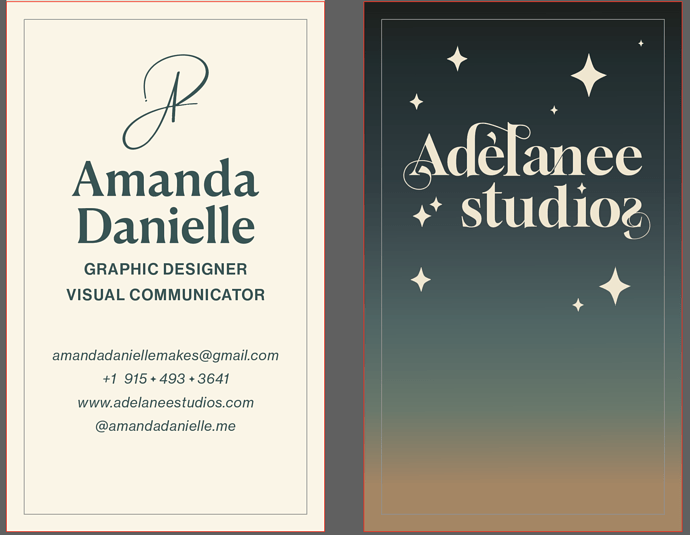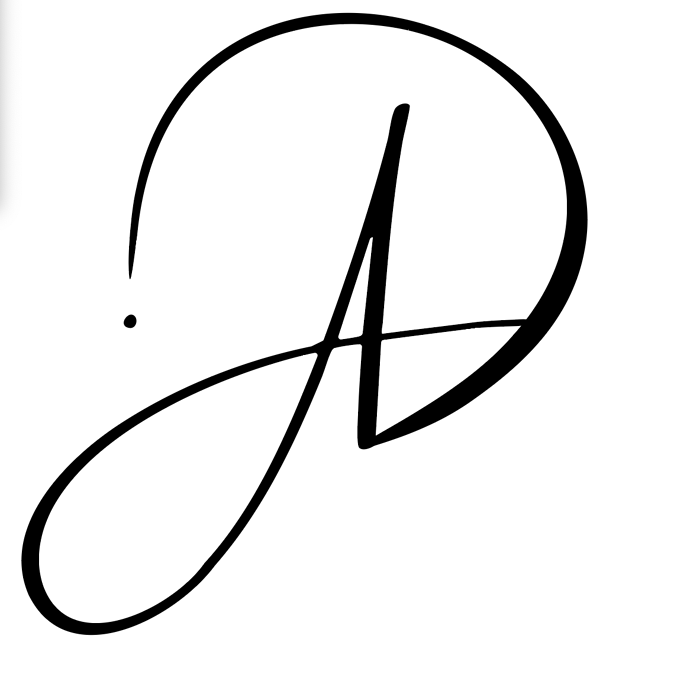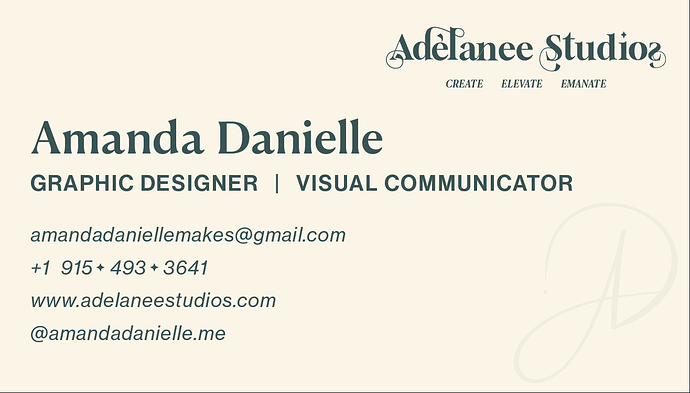Honestly, I think critique is one of the most valuable parts of being a designer, but it can also be one of the hardest to deal with especially when it feels like it’s more about tearing you down than building you up.
Design is personal. You’re putting part of yourself out there, so yeah, it stings when someone comes in swinging. But not all criticism is made equal. There’s a big difference between someone pointing out where your composition could be stronger or your type choices feel off, versus someone just slating your whole piece with no real feedback. The first one helps you grow. The second one? You bin that and move on.
I’ve seen people get completely thrown by brutal feedback especially in college, where you’re still building your confidence. Some tutors lean into the old-school, tough-love approach. That’s fine up to a point, but when it slips into personal digs or ego trips, it stops being helpful. That’s when it’s fair game to call it out as unprofessional.
At the same time, you’ve got to be open to feedback that challenges you. The traditional stuff, serif fonts, strong hierarchy, clean grids, that’s there for a reason. It works. But you don’t have to follow it blindly either. Use it as a foundation and build your own thing on top of it. That’s how you find your voice.
And let’s be real the design world outside of college can be even tougher. Clients can be harsh. Bosses might rip your idea apart. But if you learn now how to separate yourself from your work, take what’s useful, leave what’s not, and stay open to evolving, you’ll do alright.
Personally I’ve seen my boss tear into a designer in front of the client during a pitch, the boss had no feedback prior to the presentationa and thought it was great - but came out swinging and the poor woman left in the middle of the pitch crying.
Another designer I worked with got a call and ended up in floods of tears as the client tore into her - she quit on the spot.
The real design world is tough - the problem is that you have egocentric dickheads who love to go on powertrips.
I’ve never walked out of a job, I’ve never walked away from a client, and I’ve never let a boss speak down to me. The first utterance of anything like that and I call them on their bullshit. I know this is not a method for everyone - as everyone is different and approach things differently.
In college an old professor, not disimilar to your position was nearly getting into a fist fight with a class mate, he was 70’s and the young lad was only 19. And they were at each other every day, and it almost came to blows. I lost it that day, and tore strips off them both, in front of everyone, and it didn’t happen again after that.
Enough about me.
Best thing you can do? Surround yourself with people who give proper feedback people who want to see you improve, not tear you down. And when you get critiqued, take a breath, don’t react emotionally straight away, and ask yourself: “What can I learn from this?”
Anyway, keep your head up. If it burns a little, it probably means you care. But don’t let anyone else define your worth as a designer. Ever.




